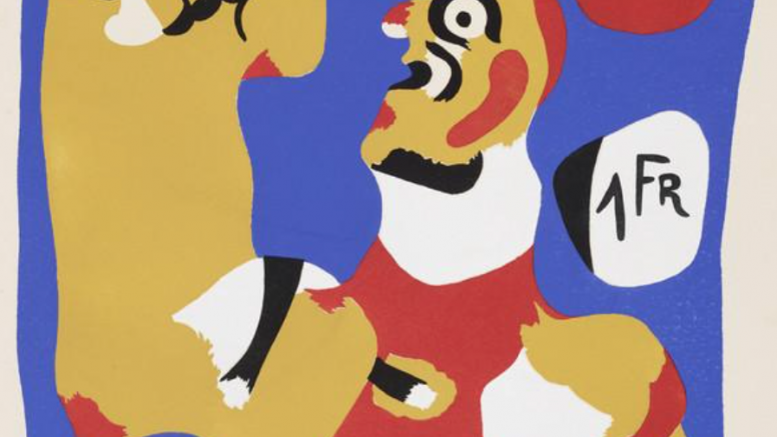Everyone knows that the only way to end the war in Ukraine — to really end it — is to ensure a Ukrainian military victory over the Russian aggressor. A decisive victory by the Ukrainians would almost certainly lead to the toppling of the Putin regime. The result would be a de-fanged Russia, one that poses far less of a threat to its neighbours.
Everyone also knows that Ukraine needs the latest tanks and aircraft to achieve that goal. The Russians have been hurling their best weaponry at Ukrainian cities. Ukraine has been fighting back with what they have on hand, mostly Soviet-era tanks and planes.
Everyone knows that — and yet NATO has been slow to arm Ukraine properly. For months, Germany has refused even to allow third countries such as Poland to re-export their Leopard tanks. Now, finally there has been some movement on this.
But as President Zelensky pointed out in his recent whirlwind tour of European capitals, what Ukraine really needs now is fighter jets. And that, for most NATO countries, is a bridge too far.
Poland’s President, Andrzej Duda, speaking to the BBC’s Laura Kuenssberg, said sending F-16 fighter jets would be a “very serious decision” that was “not easy to take”. In other words, he stepped back from the brink. And Poland was perhaps Ukraine’s strongest ally in NATO.
Why the reluctance? The Poles and others are worried that every time NATO supplies Ukraine with more weapons, they run the risk of Russia considering these to be an act of war. The Russians have already threatened to bomb NATO countries that provide Ukraine with advanced weaponry. So far, that has been a bluff. It may not remain a bluff forever.
There is a history to this which Ukrainian leaders ignore at their peril.
During the Spanish Civil War, Franco’s forces were aided by Nazi Germany and Fascist Italy, who used the opportunity to test their latest weapons. The major Western democracies, including Britain, supported a ban on providing weapons to the Spanish Republic. The result was inevitable: the Republic was crushed, and Spain suffered four decades under Franco’s dictatorship.
In 1956, during the first major uprising against Soviet rule in an Eastern European country, the Hungarians overthrew the Stalinist regime that had been imposed upon them. The Soviet response was to invade the country. As Western powers, including the United States, had been encouraging the Hungarians to rebel against the Soviets, many Hungarians naively expected NATO to come to their rescue. There are stories of Hungarians standing on roof-tops in Budapest, scanning the skies for signs of American aircraft. Those planes never came. Thousands of brave Hungarians died and many more fled the country.
The Ukrainians have been cheered on by NATO and most of the world for an entire year now. Everywhere Zelensky goes, both in the real world and online, he is greeted as a hero. But as Ukraine faces an imminent and long-expected Russian counter-offensive, his biggest ask has been answered with a deafening silence. No one wants to rile the Russian bear, to provoke an increasingly deranged Putin to do something mad. So no one, not even the Poles, are in any hurry to give Ukraine the tools it needs to finish the job.
Everyone knows that for the war to end, Ukraine must get the latest equipment, the best weapons that NATO can offer, including fighter jets. Without those, the Russians might turn their fortunes around. But NATO is hesitating.
A year ago, the blue and yellow Ukrainian colours could be seen all over the Western world, including in the UK. Public support for Ukraine is undiminished. But now that support has to be transformed into mass campaigns involving thousands and demanding that governments do more than applaud Zelensky and the undoubted bravery of his people. Ukraine must not suffer the fate of Spain or Hungary.
Socialists and trade unionists should march in the streets in the run-up to the anniversary of the Russian invasion and on their banners and placards should be the clearest possible message: Arm Ukraine!
This article appears in the current issue of Solidarity.
